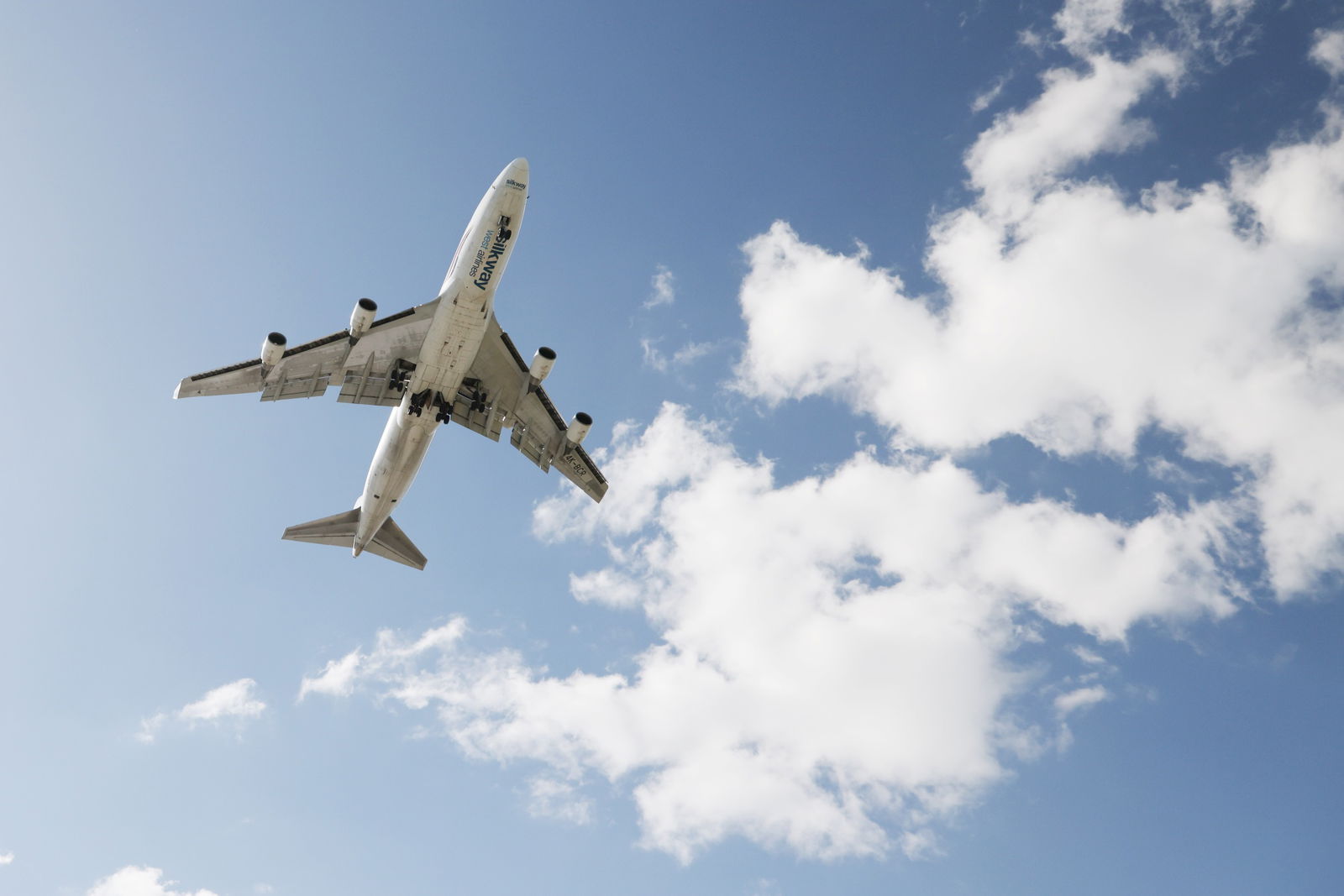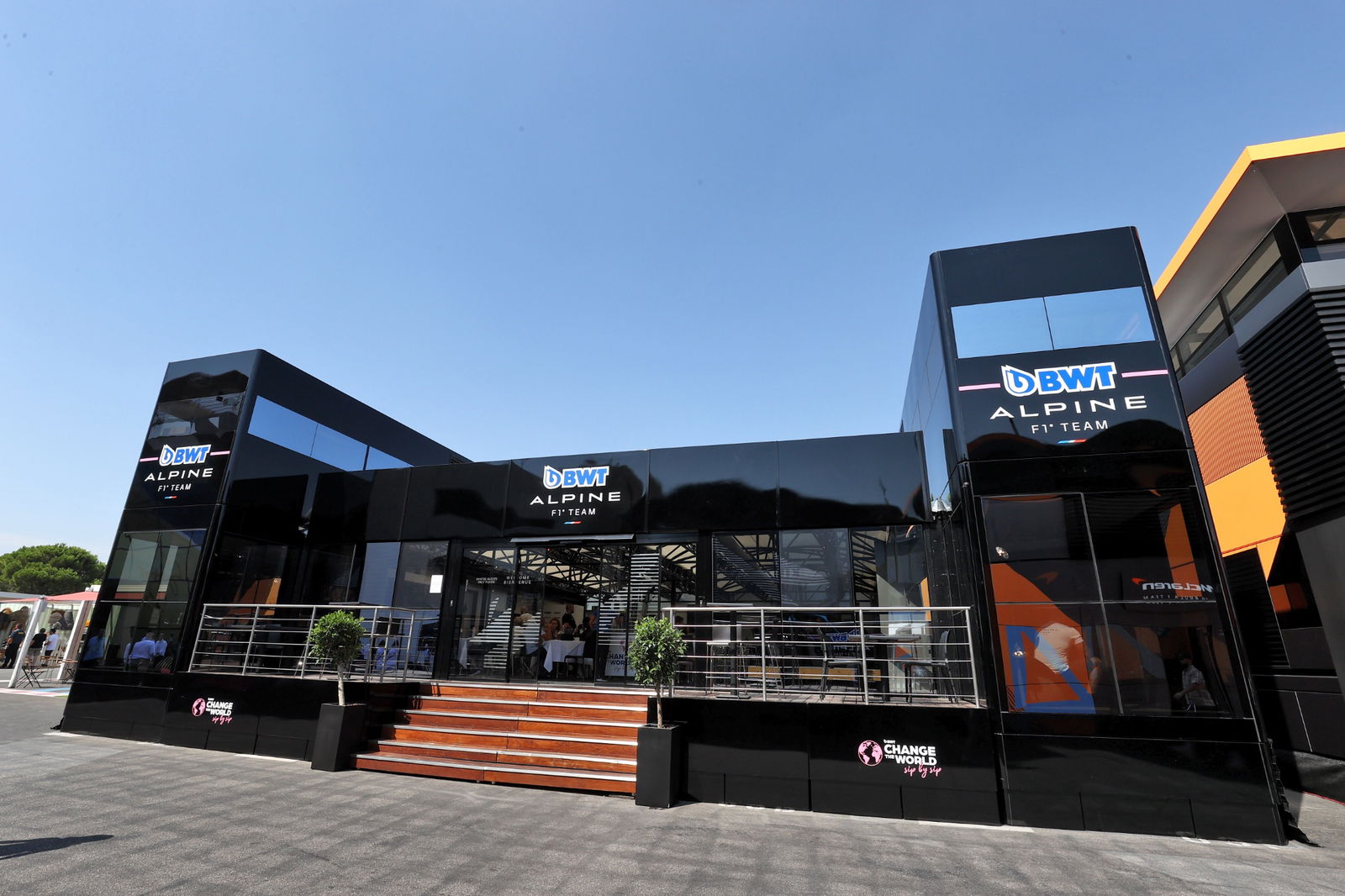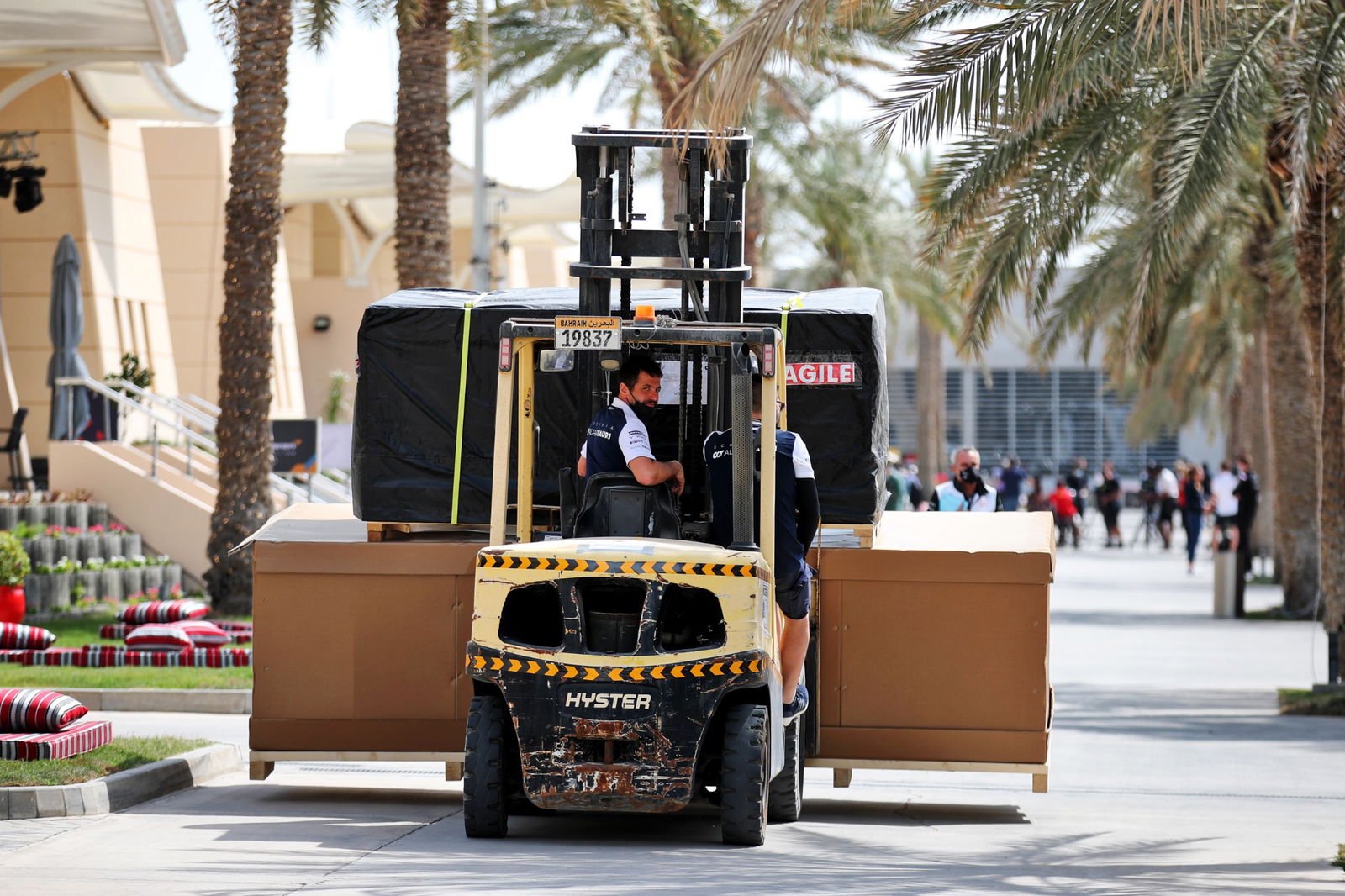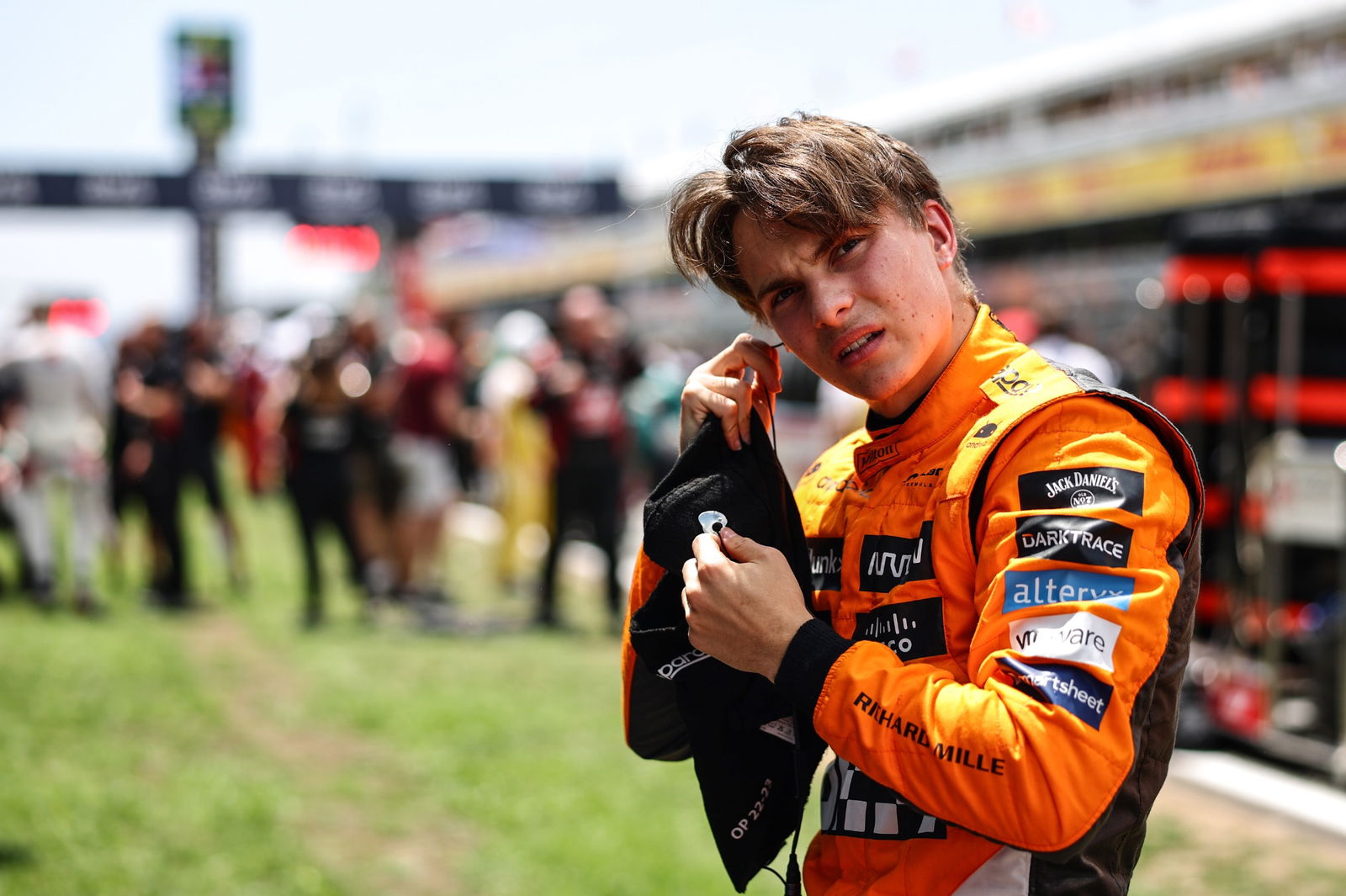The mind-blowing logistics of how F1 flies 20 hours from Las Vegas to Abu Dhabi

Each of the 10 F1 teams will spend $100m while travelling 75,000 miles (equivalent to the Earth’s circumference three times!) and transporting 1,500 tons of equipment, sports business expert Joe Pompliano explains.
The original 23-race calendar for 2023 was across 20 countries, five continents, 240 hours of flights and 10 different time zones.
From Las Vegas to Abu Dhabi

Teams will fly from Las Vegas to Abu Dhabi this week - 82 miles, on a plane for 20 hours, then face an 11-hour time difference.
The pack-up began during the Vegas race. Things that cannot be used, like additional engines, are packed immediately. The rest is packed 15 minutes after the Vegas race ends.
The most important stuff is driven to the aeroplane, loaded onto Boeing 777s chartered by F1, and each team must pay for the space that they use.
Staff travelled the day after the race.
Cargo planes land in Abu Dhabi on Monday and go straight to the circuit.
A key rule is that no team can touch their equipment until every team’s equipment has fully arrived.
This rule exists to ensure that nobody gains an unfair advantage.
Crews have 48 hours to set up the paddock - this includes complex setting up of electrical equipment.
How motorhomes are dismantled and rebuilt

The logistical nightmare is planned 18 months in advance to avoid mistakes.
DHL, the logistics partner of F1, must help each of the 10 teams travel to and from their individual HQs.
Red Bull, Mercedes, Aston Martin, Alpine and Williams and McLaren are in the UK, Ferrari, AlphaTauri and Haas are in Italy, Alfa Romeo in Switzerland.
Trucks, boats and planes move the F1 team’s cars, engines and computers.
Teams arrive at a grand prix several days before fans, and 27 lorries are unloaded over five days, ending on a Wednesday.
Each team has a motorhome in the paddock - a building which is constructed at each race, then taken down and moved to the next location before being rebuilt.
Red Bull’s motorhome is three-storeys, 13,000-square feet, with offices, a coffee bar, a private chef.
It takes 25 crew members 32 hours to assemble it, but just a day to deconstruct it.
But for the F1 Monaco Grand Prix? The motorhome is transported via boat - reconstructed while at sea - and towed 20 nautical miles. It then remains in the Monaco harbour all week.
The difficulty of back-to-back European races

Back-to-back races are a particular nightmare because of the lack of time.
For example, the 2023 F1 Hungarian Grand Prix will end at around 5pm on July 23. Crew will begin packing up.
Teams work through the night, and will complete packing up by 6am.
Two or three drivers work in each lorry - working in shifts - 13km and 12 hours to arrive in Belgium by Monday night.
Remaining crew members will meet them in Belgium, then unload the lorry and reconstruct everything.
The logistics staff work 15 hour shifts while being fed by team chefs!
There are seven back-to-back races in 2023.
Transportation crews spend two months per year on the road.
Why shipping containers are so crucial

Before the season, each team will pack up five shipping containers. These include all non-critical equipment for race weekends.
They are shipped by boat from each flyaway destination to the next.
The shipping containers, before the season, are shipped to Bahrain, Australia, Azerbaijan and Miami.
The Bahrain kit moves to Saudi Arabia, Singapore and Brazil.
The Australia kit will go to Japan.
The Azerbaijan kit goes to Qatar and Abu Dhabi.
The Miami kit goes to Canada, Austin, Mexico and Las Vegas.
And each kits go back to the team’s HQ through the winter.
Using shipping containers, rather than aeroplanes, saves each team a lot of money.
Huge costs spent on drivers and cars
Drivers are paid up to $50m per year, and teams can spend $145m to develop the best car.
Hundreds of thousands of fans attend grands prix in person, while 70 million watch on TV.

